Audio interface vs mixer: Which should you choose for your home studio?
There’s more than one way to get audio in and out of your computer - we look at two of the most common options for musicians
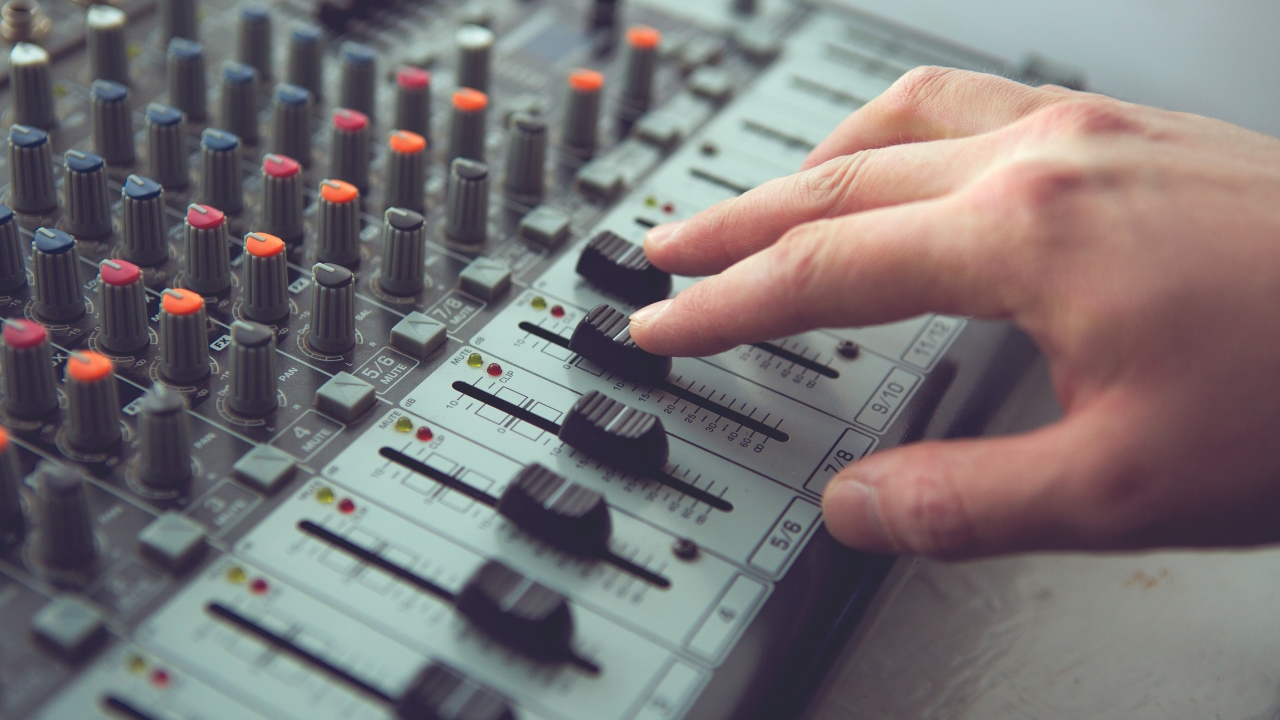
Starting out recording music can be a complicated process. There’s so much gear out there and so many different sources of information available online, that it can be hard to know where to start. An audio interface can be the centrepiece of your home studio, but it’s not necessarily the best option for all musicians. For many music-makers, they’d actually be much better off using a home studio mixer with a built-in interface instead.
In this article, we’ll compare audio interfaces with audio mixers, laying out all the pros, cons, and separate use cases for each, to help you determine which is best for your studio setup. Whether you’re a first-timer looking to make some simple songs with a guitar or you’ve got a huge collection of synthesizers and effects you want to record, we’ll get you pointing in the right direction.
What is an audio interface?
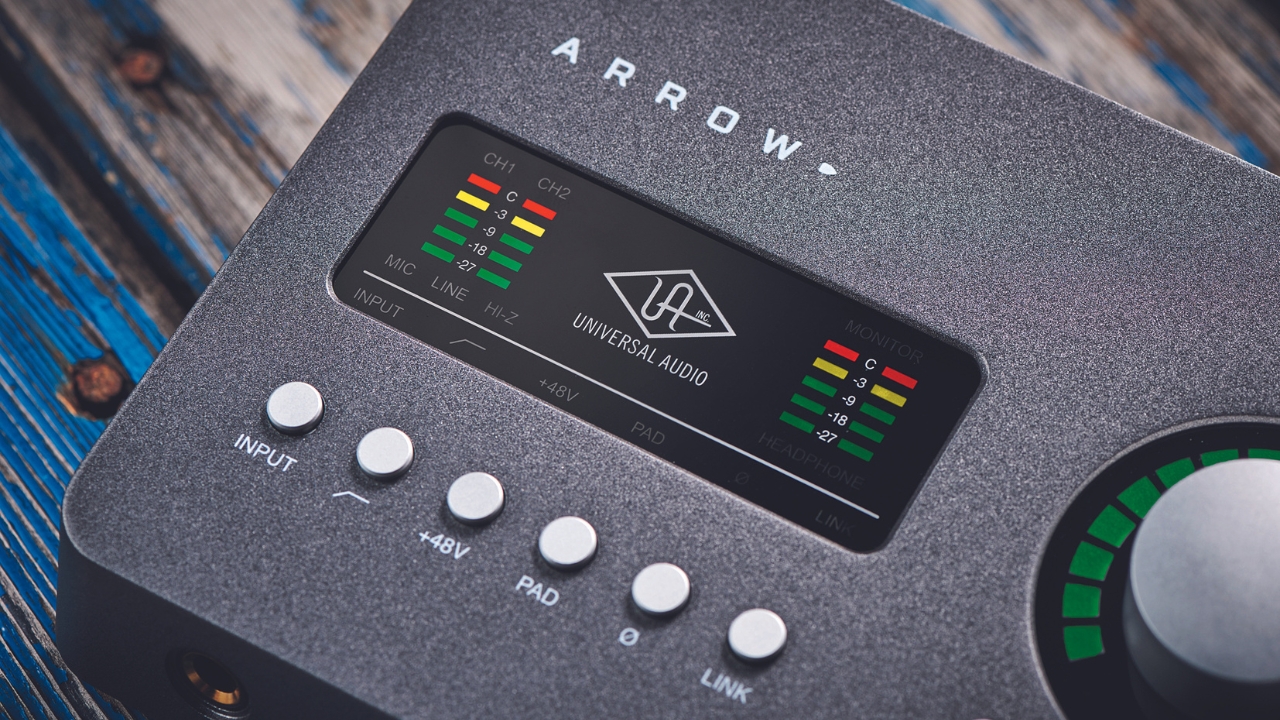
An audio interface is a standalone device that connects an instrument to your computer. Most consumer-level interfaces will feature 2 to 4 inputs and a similar number of outputs. These are the kinds of interfaces we'll be comparing for the purposes of this article. They’re great for home studio work, providing mic preamps for recording with a select number of instruments direct in, or using condenser and dynamic microphones.
What is an audio mixer?
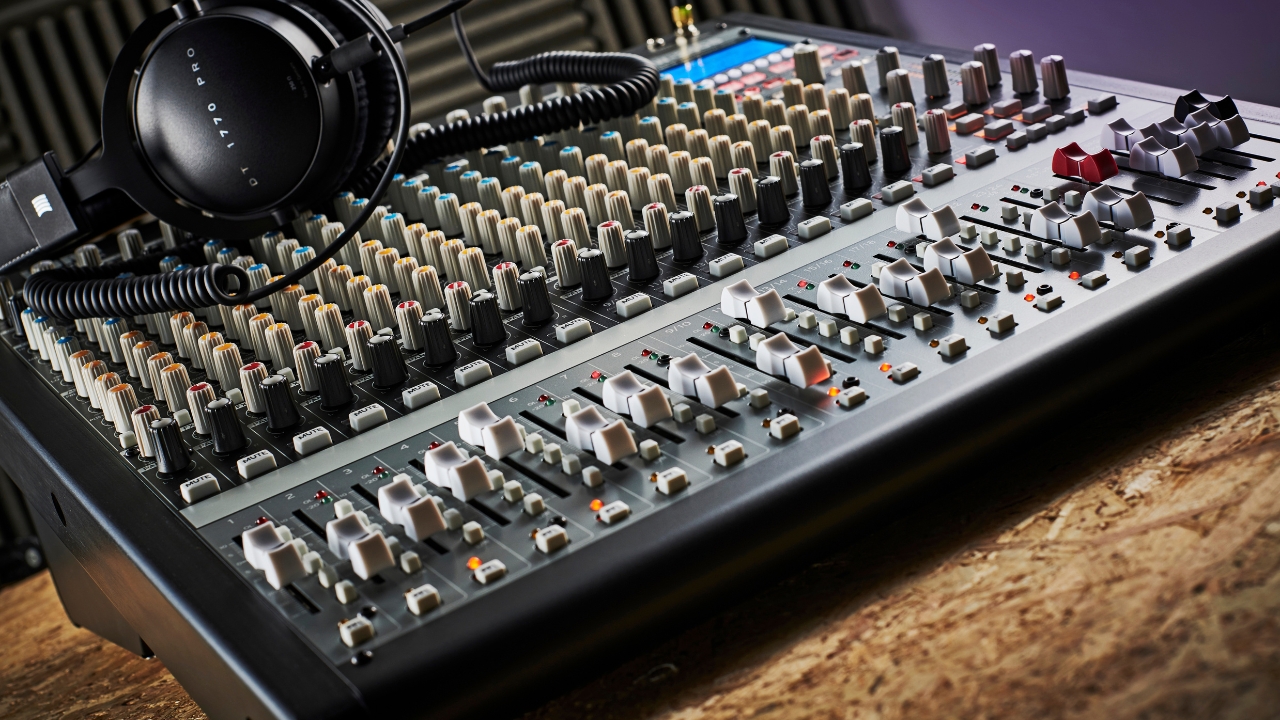
An audio mixer in this context, is a device that combines four or more inputs alongside a built-in audio interface, or stereo outs for connecting to your computer. Usually seen in live venues, a mixer’s typical job is bringing together lots of different inputs for playback through a single pair of stereo speakers, although modern mixers now include the option to use them as an interface with your computer for multi-tracking.
Audio interface vs mixer: Connectivity
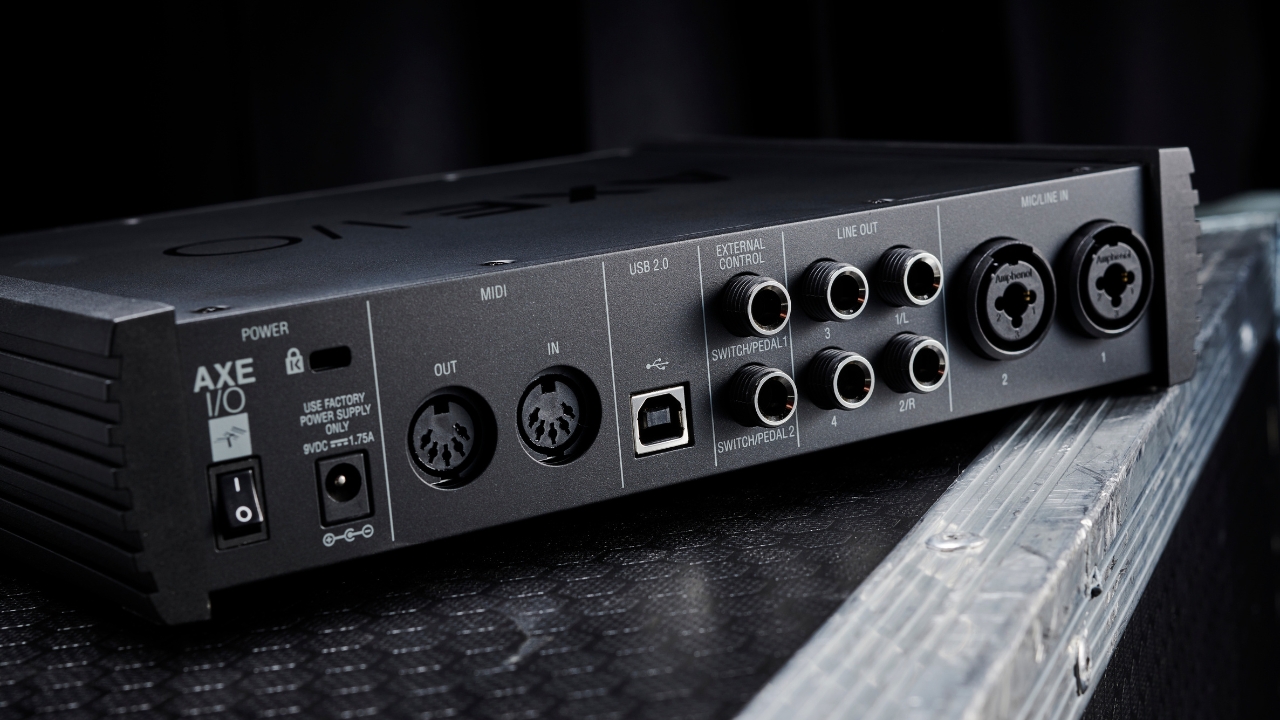
Typically if you're after extended connectivity, a mixer will be the way to go. Mixers are great if you have multiple instruments that you want to record at once or separately, as you can plug everything in, set your levels, and then just mute and unmute as you please. You could also dial in certain effects and use these via the auxiliary channels or anything that comes built-in on the mixer to spice up your sounds.
An audio interface on the other hand, usually features much less in terms of connectivity. At the home studio level, most interfaces will come with two to four inputs. This means you can only put a certain number of instruments through it at any one time, making it better suited to musicians multi-tracking individual instruments.
Winner: In terms of pure numbers, the mixer is the obvious winner here. That said, not every musician will have use for so many inputs so it’s all in how you’re going to use it.
Want all the hottest music and gear news, reviews, deals, features and more, direct to your inbox? Sign up here.
Audio interface vs mixer: Portability
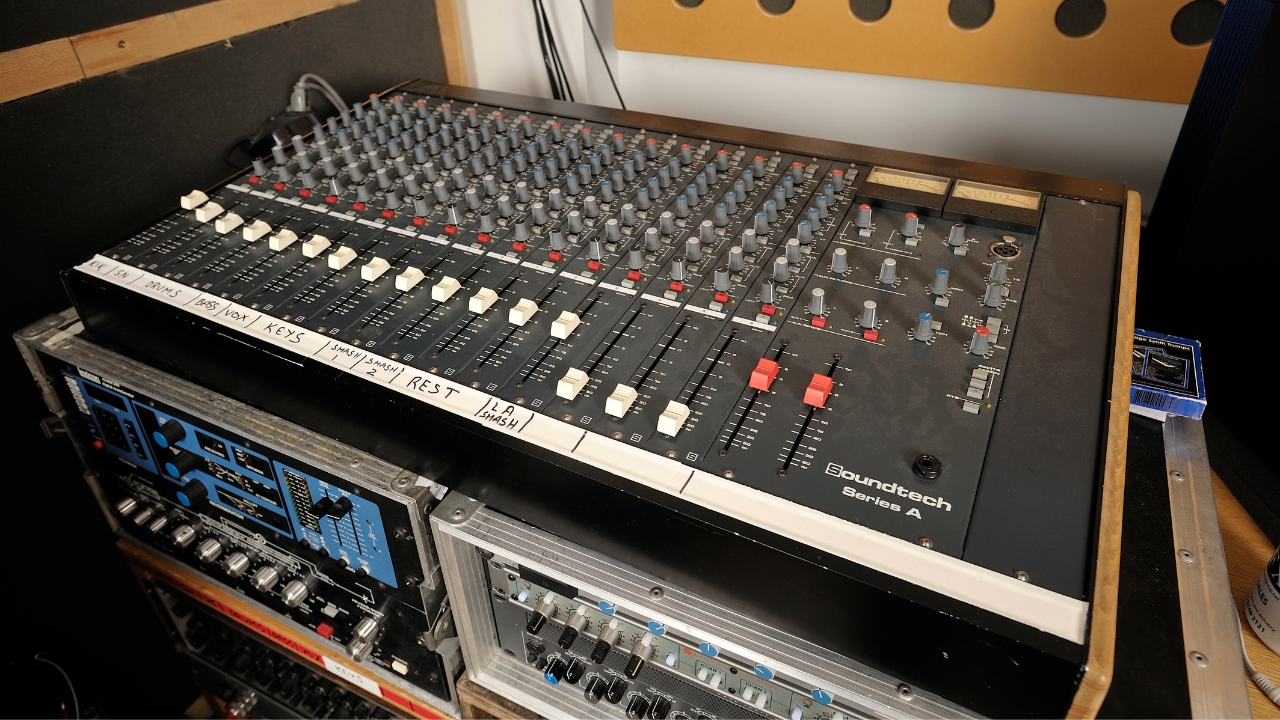
Audio interfaces are relatively small and portable, making them great if you need to record on the go. You might want to take your interface and laptop down to a rehearsal space or studio, record your parts, and then bring everything back home for mixing. Audio interfaces are perfect for this, as they’re seldom larger than a copy of 'Dune'.
Mixers, on the other hand, are much bigger, particularly when you start getting into 16 inputs and more territory. This makes a mixer better suited for a permanent setup, as bringing a mixer out on the road for most people would be impractical. You could use flightcases of course, but this is a huge added cost where an audio interface might do a much better job.
Winner: With its smaller size the audio interface easily wins out here, ahead of the much more bulky mixer.
Audio interface vs mixer: Usability
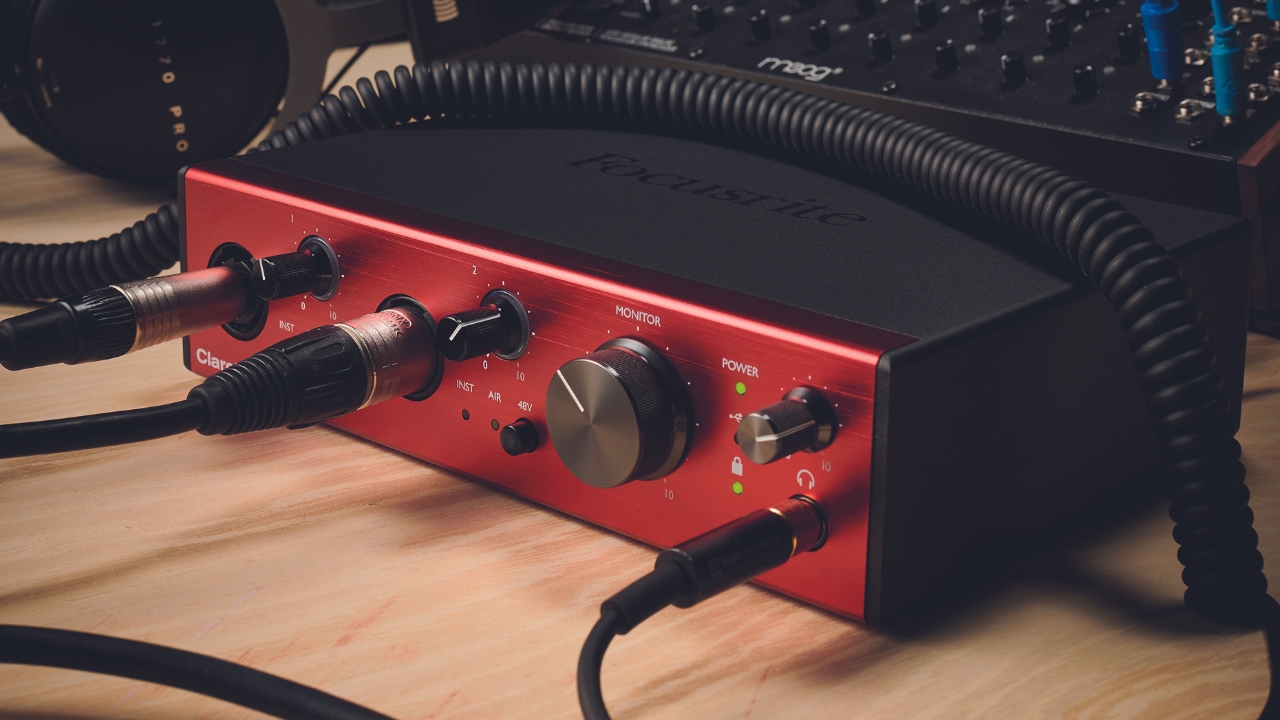
In our opinion, an audio interface is a lot easier to use. It has fewer controls and knobs, fewer inputs, and the majority of routing is handled by your DAW. This makes it much easier to get up and running, particularly for beginners who may not know the ins and outs of signal routing. The use case for an audio interface is much simpler too, as you’ll typically be recording one instrument at a time before moving to the next one.
A mixer on the other hand requires some learning to master. The huge amount of controls, faders, and connectivity can definitely be intimidating for those who are new to it. You’ll need to experiment with the controls too to get the best sound. That said, some might prefer the tactile control offered by a mixer, versus tweaking in a DAW, and there’s certainly an argument that the advanced features of a mixer open more possibilities for sculpting your sound before it hits your DAW.
Winner: While an audio interface is easier to use than a mixer, what the usability argument really comes down to is your intended purpose. Each does it's particular task well, so we'll call it a draw for this category.
Audio interface vs mixer: Cost

Despite offering a lot less connectivity, audio interfaces are actually very similarly priced to mixers at the lower end of the scale. You can get a basic 2-in audio interface for around the $/£100 mark, while a similar price point will get you 4-6 channels on a mixer. Even at this low price point, an audio interface will provide excellent recording quality, making it a great way to record for less.
While you can buy an audio interface for a relatively cheap price, not all of these mixers will have a built-in audio interface or effects, and costs can quickly increase if you want to add these features. A decent 8-channel mixer without an audio interface built-in can easily set you back $/£200, and once you add multi-track recording via USB into the equation you can easily hit the $/£500 mark.
Winner: Although both categories are similarly priced at the bottom end of the scale, most of the lower-cost mixers don't feature effects or a built-in audio interface, meaning you'll need to spend more if you want multi-track recording. The audio interface takes it for this one.
Audio interface vs mixer: Verdict
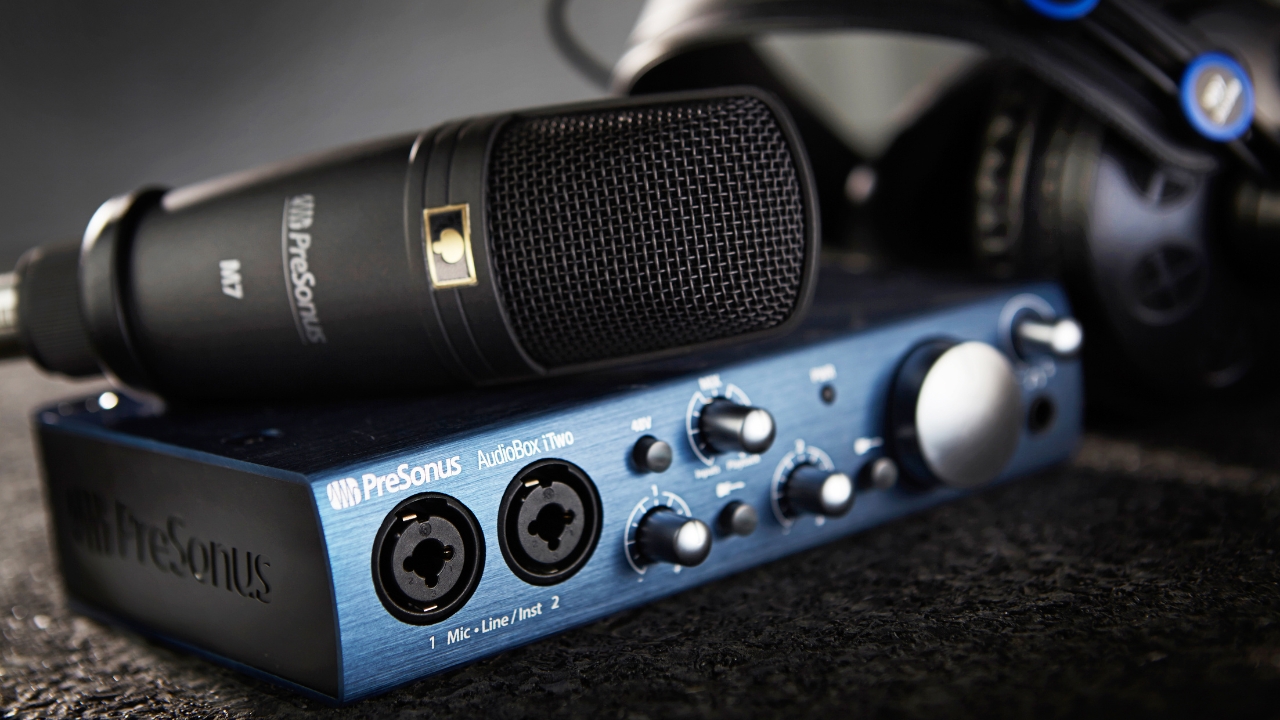
As you can see it’s a close call between these two, and that’s because the choice of audio interface versus mixer is all about the use case. If, for example, you have lots of synths you want to be plugged in at the same time, with the ability to switch between them at will, a mixer will be useful for your particular workflow.
Conversely, if you have a single main instrument you record with the rest happening in the box, or you prefer to multi-track different instruments individually, an audio interface would make sense for you.
Some musicians also prefer the workflow of setting their levels, EQ, and compression before the signal hits the DAW, which makes a mixer the logical choice. If you’re not confident using EQs and compressors before you hit the mixing stage it makes sense to do this after the recording phase in your DAW.
You could even combine the two, using a mixer to bring together multiple instruments and effects, before sending the stereo outputs to an audio interface for recording. Whichever method you choose, what's important is getting a speedy workflow that allows you to put your ideas down quickly and efficiently, leaving less time messing with cables and more time making music.
Recommended audio interfaces & mixers

Matt is a Junior Deals Writer here at MusicRadar. He regularly tests and reviews music gear with a focus on audio interfaces, studio headphones, studio monitors, and pretty much anything else recording-related. Matt worked in music retail for 5 years at Dawsons Music and Northwest Guitars and has written for various music sites including Guitar World, Guitar Player, Guitar.com, Ultimate Guitar, and Thomann’s t.blog. A regularly gigging guitarist with over 20 years of experience playing live and producing bands, he's also an alumnus of Spirit Studios, where he studied studio engineering and music production.